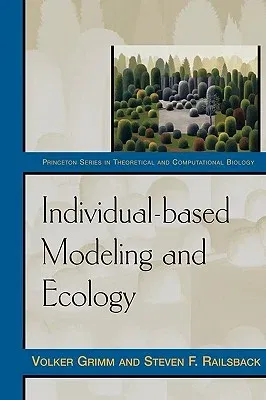Volker Grimm
(Author)Individual-Based Modeling and EcologyPaperback, 25 July 2005

Qty
1
Turbo
Ships in 2 - 3 days
In Stock
Free Delivery
Cash on Delivery
15 Days
Free Returns
Secure Checkout

Part of Series
Princeton Theoretical and Computational Biology
Part of Series
Princeton Series in Theoretical and Computational Biology
Part of Series
Princeton Theoretical and Computational Biology, 8
Part of Series
Princeton Series in Theoretical and Computational Biology (Paperback)
Part of Series
Theoretical and Computational Biology
Print Length
448 pages
Language
English
Publisher
Princeton University Press
Date Published
25 Jul 2005
ISBN-10
069109666X
ISBN-13
9780691096667
Description
Product Details
Authors:
Book Format:
Paperback
Country of Origin:
US
Date Published:
25 July 2005
Dimensions:
23.42 x
15.6 x
3 cm
Genre:
Ecology
ISBN-10:
069109666X
ISBN-13:
9780691096667
Language:
English
Location:
Princeton
Pages:
448
Publisher:
Series:
Weight:
616.89 gm